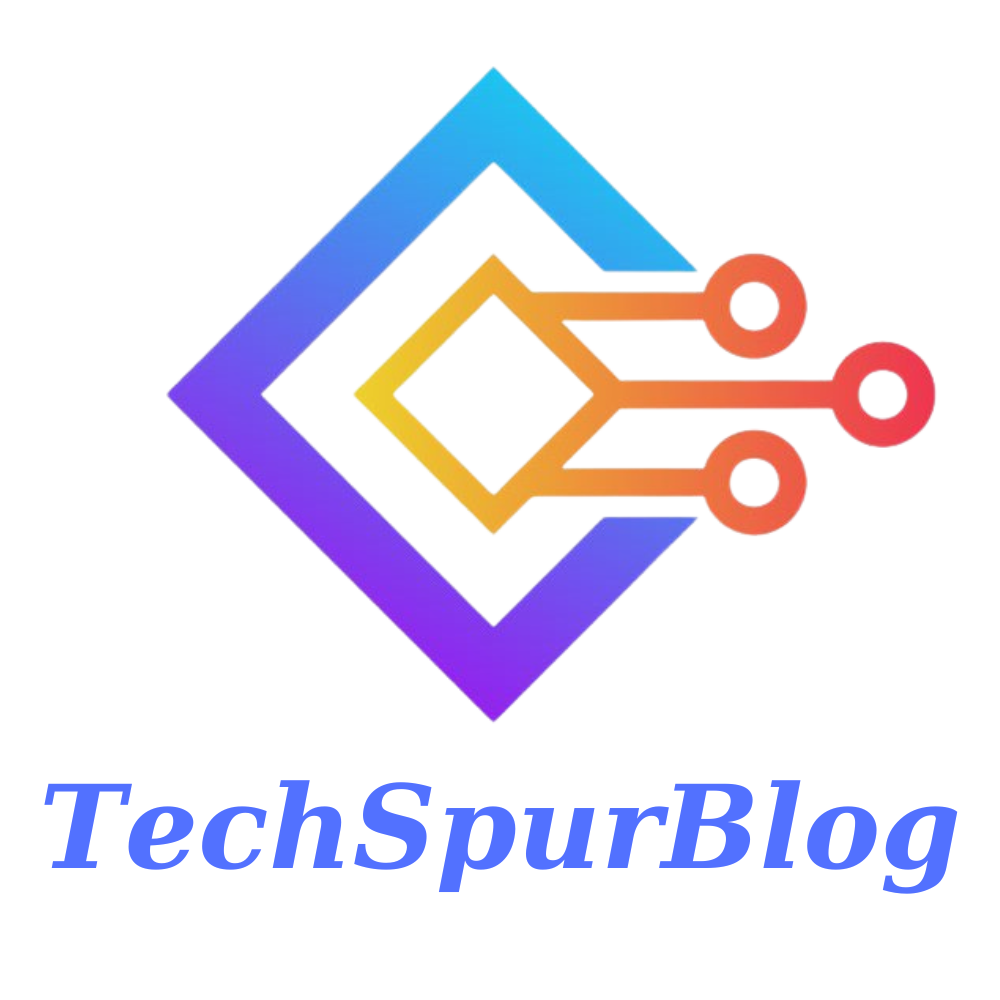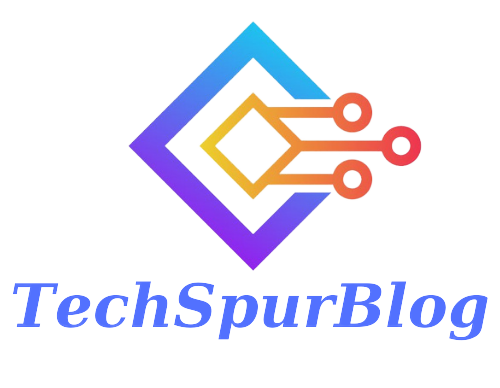In today’s fast-paced and dynamic work environment, maintaining employee satisfaction and ensuring compliance with labor laws and regulations are essential for any business. One often-overlooked aspect of achieving this delicate balance is the humble check stub maker. Modern pay stubs, far from being just a routine piece of paper, play a pivotal role in enhancing employee satisfaction and maintaining legal compliance.
This article delves into the significance of modern pay stubs, their key components, and the benefits they offer to both employees and employers.
The Evolution of Pay Stubs
Pay stubs, also known as paychecks, salary statements, or payslips, have come a long way from their initial forms as handwritten notes or simple receipts. They have transformed into complex documents that serve multiple purposes. This evolution can be attributed to a combination of factors, including technological advancements, changes in labor laws, and the increasing need for transparency.
Modern pay stubs are typically generated electronically, either as printable documents or accessible online. They contain detailed information about an employee’s compensation, including earnings, deductions, taxes, and other essential financial details. Gone are the days of handwritten notes and vague records; today’s pay stubs are highly structured and standardized, ensuring clarity, accuracy, and legality.
Also Read: Best Payroll Software Providers for Your Business: 6 Top Options
Key Components of Modern Pay Stubs
Modern pay stubs are intricate documents, and their contents may vary from one jurisdiction to another. However, there are several key components that can be found in most pay stubs:
Employee Information
This includes the employee’s name, address, employee ID, and often their Social Security Number.
Employer Information
The employer’s name, address, and contact details are typically included.
Pay Period
The specific period for which the payment is being made is indicated on the pay stub. This helps both employees and employers keep track of the pay schedule.
Earnings
The pay stub details the employee’s gross earnings for the pay period, which can include regular hours, overtime, bonuses, and commissions.
Deductions
Deductions are a significant part of a pay stub. These include federal and state taxes, Social Security, Medicare, health insurance premiums, retirement contributions, and any other deductions relevant to the employee’s situation.
Net Pay
The net pay is the amount an employee takes home after all deductions have been accounted for. It’s a crucial figure for employees to understand their actual income.
Year-to-Date (YTD) Totals
This section provides a cumulative overview of the employee’s earnings and deductions from the beginning of the year up to the current pay period. It helps employees keep track of their finances and understand their financial progress.
Employer Contributions
Some pay stubs also list the employer’s contributions to benefits such as retirement plans and health insurance.
Leave Balances
In some pay stubs, employers include information about the employee’s remaining leave balances, such as vacation days or paid time off.
Compliance Statements
Modern pay stubs often include statements indicating that the employer is compliant with all applicable labor laws, such as minimum wage and overtime regulations.
Additional Information
Some pay stubs may include additional information specific to the employer’s policies, such as contact information for HR or instructions on how to access online payroll records.
Also Read: Paycor Login: Streamline Your Payroll and HR Management
The Benefits of Modern Pay Stubs
Modern pay stubs offer a wide range of benefits for both employees and employers. Here are some of the most significant advantages:
Clarity and Transparency
Detailed pay stubs provide employees with a clear breakdown of their earnings and deductions. This transparency builds trust and helps employees understand how their compensation is calculated, which can lead to higher job satisfaction.
Legal Compliance
Pay stubs are a critical tool for ensuring compliance with labor laws. They serve as a record of payments made, deductions taken, and taxes withheld, which can be crucial for both employees and employers in case of disputes or audits.
Budgeting and Financial Planning
Modern pay stubs, with their YTD totals and detailed information, enable employees to track their financial progress. They can plan their budgets, manage their expenses, and set financial goals more effectively.
Employee Empowerment
Accessible online pay stubs empower employees to access their financial information conveniently. They no longer have to rely on paper documents and can check their pay stubs from anywhere with internet access.
Reduced Payroll Errors
Automated pay stub generation significantly reduces the risk of human errors in calculating wages and deductions. This not only saves time but also minimizes disputes and complaints from employees.
Streamlined Record-Keeping
For employers, pay stubs serve as a valuable record-keeping tool. They provide a clear trail of payments, which can be essential in the event of disputes, audits, or legal issues.
Improved Employee Retention
Employees who understand their compensation and feel their employers are transparent about it are more likely to be satisfied with their jobs. This can lead to better retention rates and lower turnover costs for employers.
Compliance with Labor Laws
Pay stubs help employers adhere to labor laws by ensuring that employees are paid correctly, receive appropriate tax withholdings, and comply with minimum wage and overtime regulations.
Easy Access to Information
With the rise of online payroll systems, employees can access their pay stubs and other financial information conveniently. This accessibility is especially important in the age of remote work and digital communication.
Employee Benefits and Contributions
Modern pay stubs can also include information about employer contributions to benefits like retirement plans and health insurance. This helps employees understand the full value of their compensation package.
Also Read: Maximize Your HR Efficiency with iProcess HRMS Login
Challenges in Modern Pay Stub Implementation
While modern pay stubs offer numerous benefits, their implementation can be challenging for some businesses. Here are a few common challenges and how to address them:
Legal Compliance: Staying compliant with ever-changing labor laws and regulations can be complex. It’s essential for businesses to stay informed about changes in labor laws and update their pay stubs accordingly. Consultation with legal experts or payroll service providers can be valuable in this regard.
Technology Integration: Transitioning to electronic pay stubs and online payroll systems may require some investment in technology. It’s essential to ensure that employees have access to these systems and receive proper training to use them effectively.
Data Security: Handling sensitive financial information requires robust data security measures. Employers must take steps to protect employees’ personal and financial data to prevent potential breaches and identity theft.
Communication and Training: The switch to modern pay stubs may require effective communication with employees. Training and support should be provided to ensure that employees can access and understand their electronic pay stubs.
Customization: Some businesses may have unique needs or requirements for their pay stubs. It’s important to have systems in place that allow for customization while still maintaining legal compliance.
The Future of Pay Stubs
The future of pay stubs is likely to involve further digitization and increased customization. As businesses continue to adapt to changing labor laws and employee preferences, pay stubs may become more interactive and detailed.
Here are a few potential trends for the future of pay stubs:
Mobile Access: Pay stubs accessible through mobile apps will become more common, making it even easier for employees to check their compensation details on the go.
Integration with Financial Wellness Programs: Some companies are exploring the integration of pay stubs with financial wellness programs, helping employees manage their finances better.
Personalization: Pay stubs may become more personalized, with the ability to choose which elements are displayed and how the information is presented.
Blockchain Technology: The use of blockchain for secure and transparent payroll processing could become a reality, enhancing the trustworthiness of pay stubs.
Artificial Intelligence: AI-driven analytics may be employed to provide employees with insights into their financial habits and offer suggestions for improved financial management.
Also Read: Benefits of Technology in Verifications: How Tech Enhances Processes
Conclusion
In conclusion, modern pay stubs are a cornerstone of both employee satisfaction and legal compliance. They offer a clear and transparent view of an employee’s compensation, help businesses adhere to labor laws, and empower employees to manage their finances effectively. As technology continues to evolve, the role of pay stubs in the workplace will likely become even more essential, providing valuable insights and resources to employees and employers alike. Staying up-to-date with the latest trends and regulations in pay stub management is crucial for any organization looking to maintain a satisfied and compliant workforce.
FAQs
What Is a Modern Pay Stub, And How Does It Differ From Traditional Pay Stubs?
A modern pay stub, often generated electronically, is a detailed document that provides comprehensive information about an employee’s earnings, deductions, and other financial details. It differs from traditional pay stubs, which were often handwritten or less structured.
Why Is Transparency in Pay Stubs Important for Employee Satisfaction?
Transparency in pay stubs is crucial for employee satisfaction because it helps employees understand how their compensation is calculated. When employees have a clear view of their earnings, deductions, and taxes, they are more likely to trust their employers and feel satisfied with their jobs.
How Do Modern Pay Stubs Help with Legal Compliance?
Modern pay stubs serve as a record of payments made, deductions taken, and taxes withheld. This documentation is vital in ensuring compliance with labor laws. It helps employers adhere to minimum wage regulations, overtime rules, and other legal requirements.
What Benefits Can Employees Gain from YTD Totals And Online Access to Pay Stubs?
Year-to-Date (YTD) totals on pay stubs allow employees to track their financial progress over the course of the year, aiding in budgeting and financial planning. Online access to pay stubs provides convenience and flexibility, allowing employees to check their compensation details from anywhere with internet access.
What Are Some Challenges Businesses May Face When Implementing Modern Pay Stubs, And How Can They Overcome Them?
Businesses may encounter challenges related to legal compliance, technology integration, data security, communication, and customization when implementing modern pay stubs. Addressing these challenges may involve consulting legal experts, investing in technology, ensuring data security, effective communication, and systems for customization while maintaining legal compliance.

Techspurblog is a blog dedicated to providing industry-leading insights, tips, tricks and tools on topics such as web design, app development, SEO and more. We also provide reviews of the latest tech products and services that can help you get the most out of your business.





